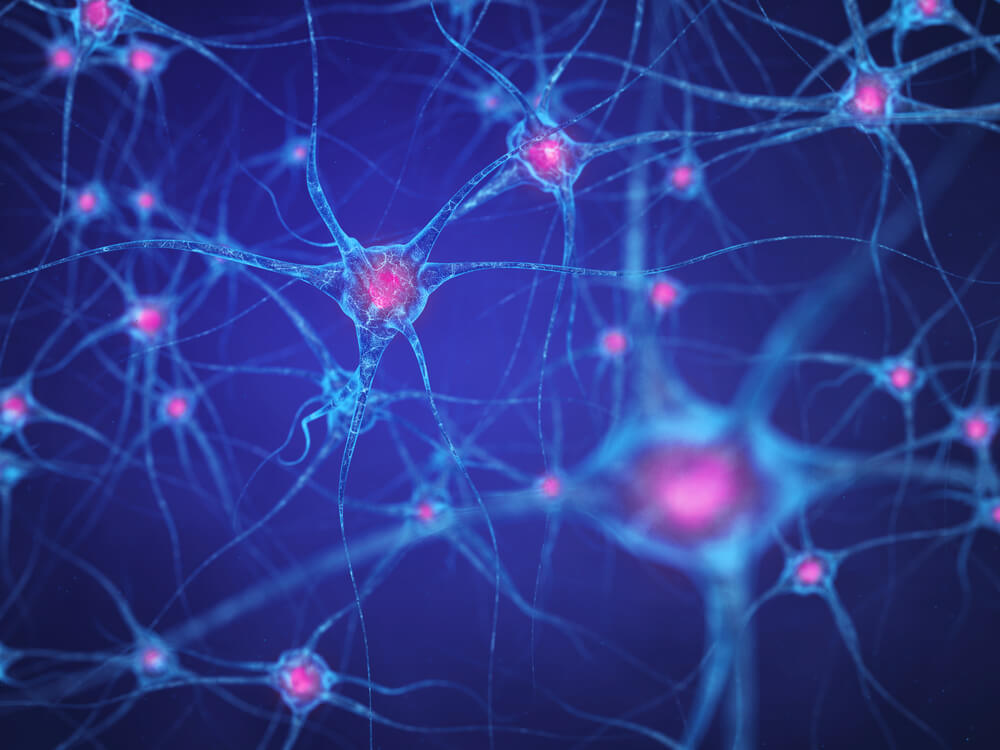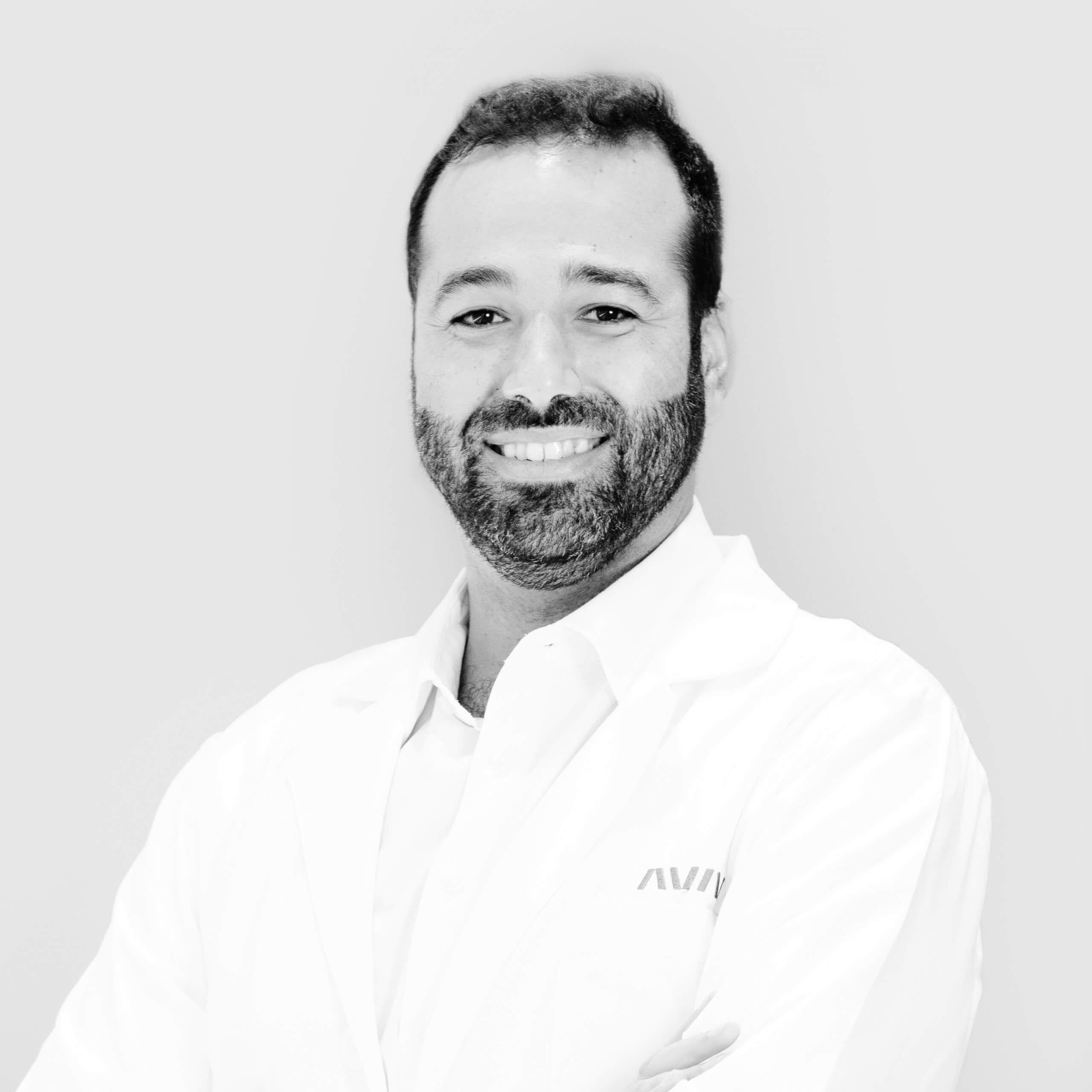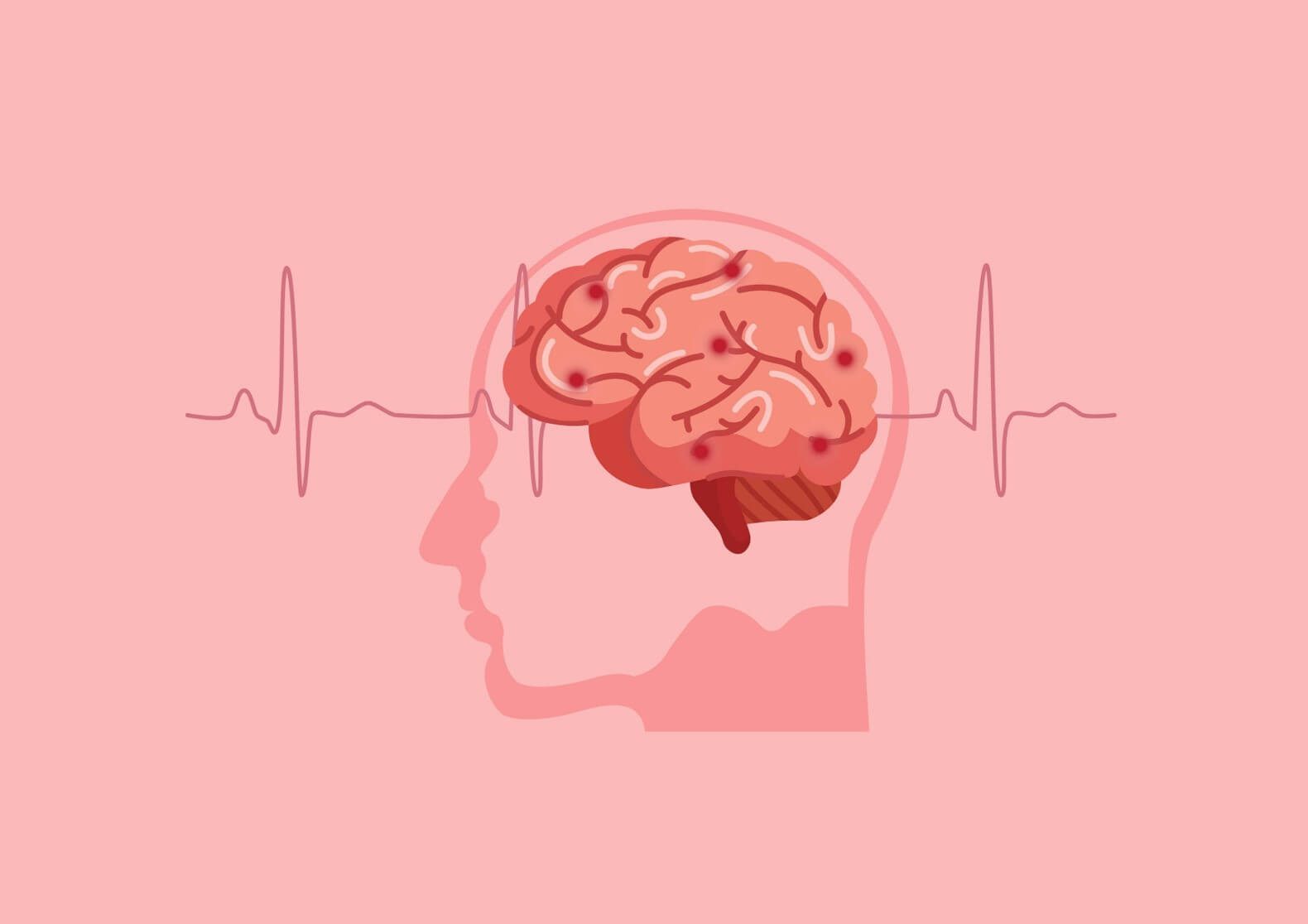
How to Prevent a Second Stroke & Other FAQs


When “nearly 1 in 4” strokes occur in people who have had a previous stroke, prevention is critical.
No one should have to live under the shadow and repercussions of a recurring stroke. The Aviv Clinics team is here, equipped with proactive tips on how you may be able to prevent a second stroke and other related topics. We encourage you to use this FAQ guide to enhance and safeguard your health, or contact our team if you have questions about how to prevent a second stroke.
Are Strokes Recurring?
Yes, even after surviving a stroke, there’s a possibility of a recurrence.
However, there are things you can do to lower the risk of having another stroke. The American Stroke Association notes, “up to 80% of strokes may be prevented with a combination of medication and healthy habits.”
What Are the Chances of Having a Second Stroke?
To reiterate, “nearly 1 in 4” strokes are suffered by people who already had one. Johns Hopkins Medicine reports, “of the 795,000 Americans who will have a first stroke this year, 23 percent will suffer a second stroke.”
Physicians note the risk of a second stroke is “highest within the first two days” after the first incident. Survivors remain at risk for “up to three months and even up to one year after the first stroke.” Other studies indicate “the risk of experiencing another stroke, a heart attack, dying or requiring admission to a care facility is doubled for up to five years.”
What Causes a Second Stroke?
The cause of the first stroke can also trigger a second stroke. For example, let’s look at the causes of an ischemic stroke.
The most common type of stroke, ischemic strokes, “account for 87% of strokes in the United States.” These occur when a blood clot blocks or narrows an artery, cutting off the blood supply to the brain.
Risk factors for ischemic stroke include:
- Hypertension
- Diabetes
- Hyperlipidemia (high blood cholesterol)
- Sleep apnea
- Obesity
Other risk factors linked to stroke entail:
- Smoking
- Sedentary lifestyle
- Heart problems
The key is to identify the root cause(s) and speak with your doctor about lowering your risk.
Is a Second Stroke Worse Than the First?
Yes, a second stroke is typically worse than the first due to the additional damage to the brain.
According to research, the second stroke carries “significant cognitive and physical disabilities” compared to the first stroke.
Even those who have had a silent stroke are at risk for more adverse effects—it’s not uncommon to suffer several silent strokes before noticing a significant neurological change.
How Many Brain Cells Die Every Second During a Stroke?
Researchers report a person who has a stroke “loses 1.9 million neurons each minute” following the incident.
Time is of the essence upon a stroke.
Knowing the signs and symptoms of a possible stroke is crucial.
What Are the Common Signs and Symptoms of a Second Stroke?
A helpful way to remember the signs and symptoms of a second stroke is the FAST acronym:
- F: Facial drooping
- A: Arm weakness
- S: Speech difficulty
- T: Time to call 9-1-1
Additional signs and symptoms of a second stroke include:
- Nausea
- Vertigo
- Confusion
- Visual changes
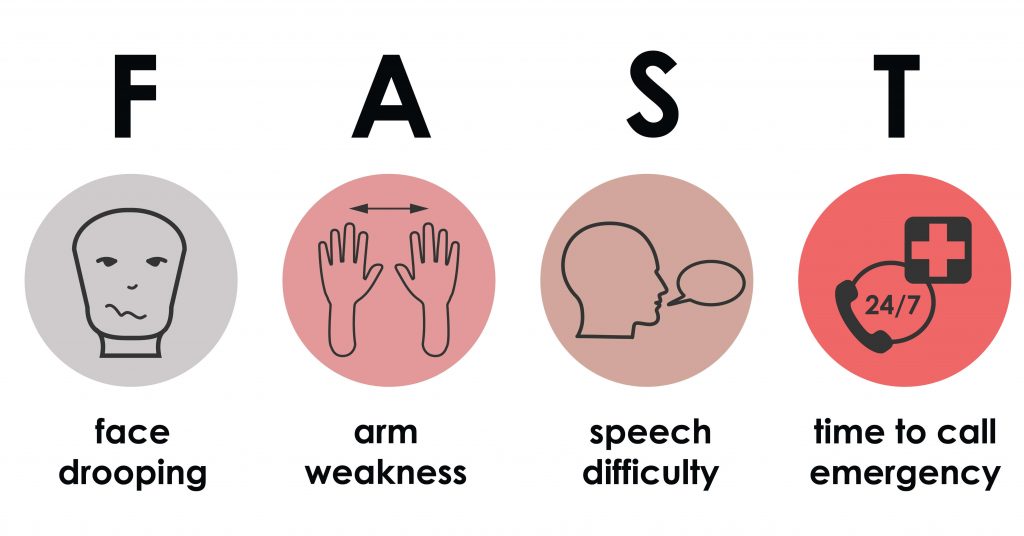
What Are the Chances of Surviving a Second Stroke?
One study found that stroke survivors who have a second stroke are “2.67 times more likely to die than stroke survivors who did not have a second stroke.”
The second stroke inflicts additional damage to the brain, so it’s more challenging to overcome. But getting the proper support through the five stages of stroke security offers plenty of hope for second stroke survivors.
How Can You Prevent a Second Stroke?
The CDC reports, “you can help prevent stroke by making healthy lifestyle choices.”
The following five prevention strategies can help minimize the risk factors of having a second stroke. Please discuss prevention strategies with your physician first before making any lifestyle shifts.
1. Incorporate a Regular Exercise Routine
The Aviv Clinics team recommends at least 30 minutes of physical activity three days a week. Exercise can help manage blood pressure, cholesterol, diabetes, and weight. Try doing an exercise activity you enjoy to help you stay motivated and committed.
Physical performance is one of the key elements of the Aviv Medical Program. Our team of physiologists and physical therapists conducts a thorough evaluation of your physical performance and prescribe a regimen of exercise and physiotherapy designed specifically for your needs and goals to continue recovery after a stroke.

2. Consume More Fruits and Vegetables
Follow a diet rich in fruits and vegetables. These foods contain nutrients that may lower risk factors for stroke.
Learn about the Mediterranean-DASH Intervention for Neurodegenerative Delay (MIND) diet for more tips. It blends two types of diets:
- Mediterranean diet: Foods that promote heart health
- DASH diet: Foods that help with hypertension
Nutrition is also a key element of the Aviv Medical Program. Based on your body composition and nutritional needs, your team of expert clinicians will advise you on the best diet to build the foundation for further recovery.

3. Find Coping Strategies for Stress
Stress is inevitable in life and it’s crucial to find healthy ways to cope with it.
Smoking or consuming alcohol “can raise blood pressure levels and the risk for stroke.” Discover better coping strategies for stress, like the following:
- Practicing meditation
- Seeking therapy or counseling
- Engaging in new hobbies
Aviv’s team of neuropsychological professionals can offer more guidance on improving sleep and reducing stress as part of the Aviv Medical Program.
4. Stay Consistent with Your Medication
Stick with your prescribed medication. It can lower your risk of having a secondary stroke. Studies report:
People with heart disease who took “75 percent or less of their medications as prescribed had a four times higher risk of stroke” than those who took their medicine as directed.
5. Learn About Hyperbaric Oxygen Therapy (HBOT)
Decades of research illustrate HBOT can lead to neurological improvements in post-stroke patients—even at chronic late stages. These findings offer hope for survivors who had a stroke months or years earlier.
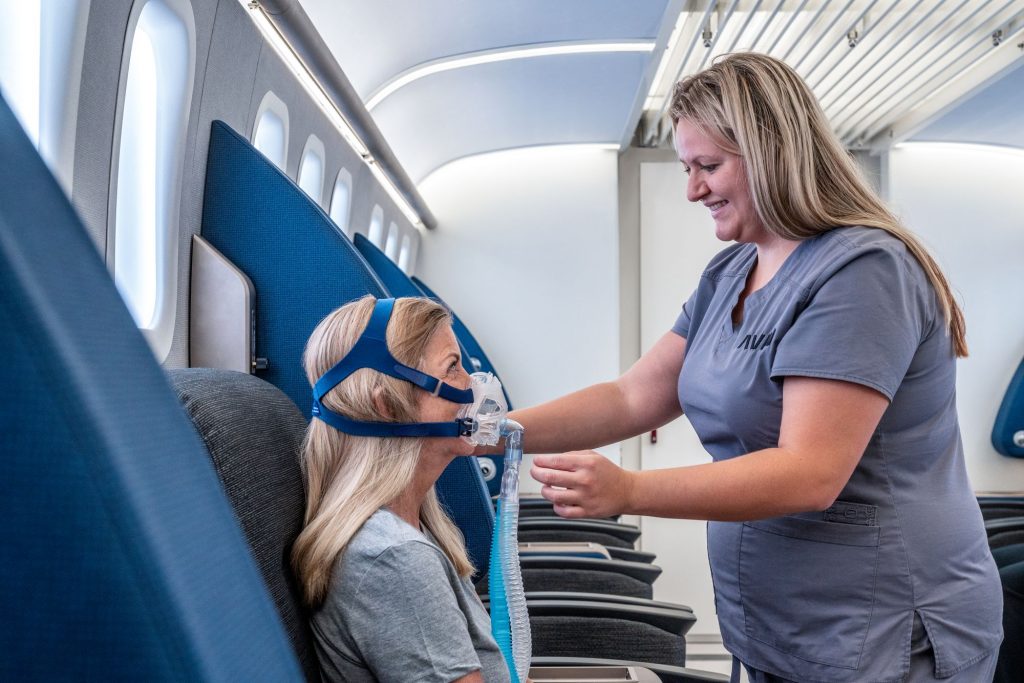
Aviv’s evidence-based HBOT protocol includes fluctuating high and normal oxygen levels during multiple sessions over the course of twelve weeks. These fluctuations and additional therapeutic programs encourage the body to heal damaged brain tissue and create new blood vessels, improving the flow of blood to the brain. Remember that restricted blood flow is one of the primary causes of strokes.
Learn more about Aviv Clinic’s unique HBOT protocol, part of the comprehensive Aviv Medical Program which can include HBOT as well as cognitive and physical training and nutrition coaching to promote better health and reduce stroke risk.
Safeguard Your Health with Aviv Clinics
Aviv Clinic’s research-based program has helped thousands of patients improve their quality of life after a stroke. If you or your loved one has had a stroke, our medical team in Florida is here to lend a hand.
